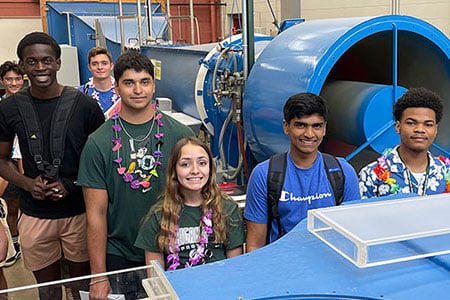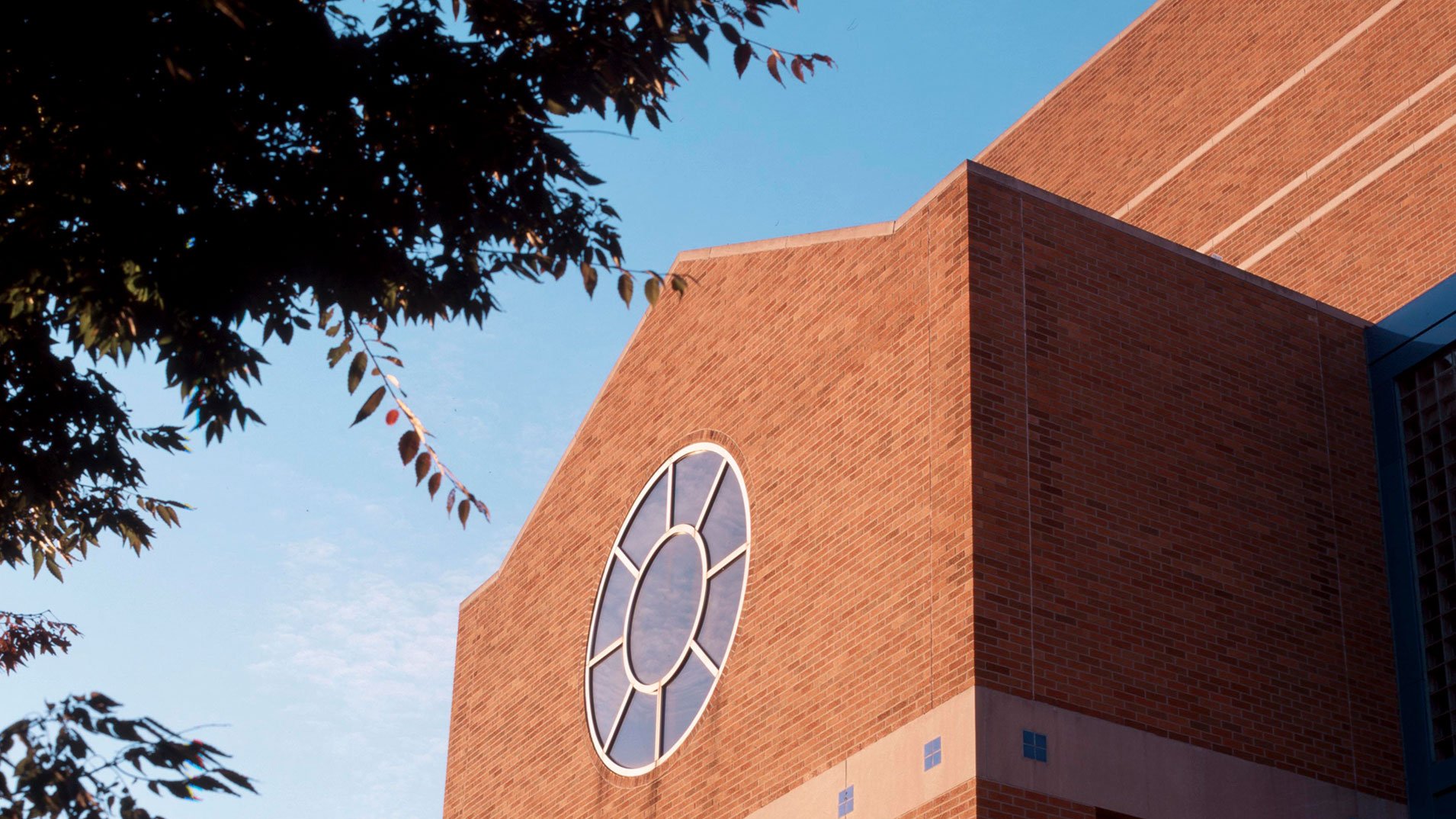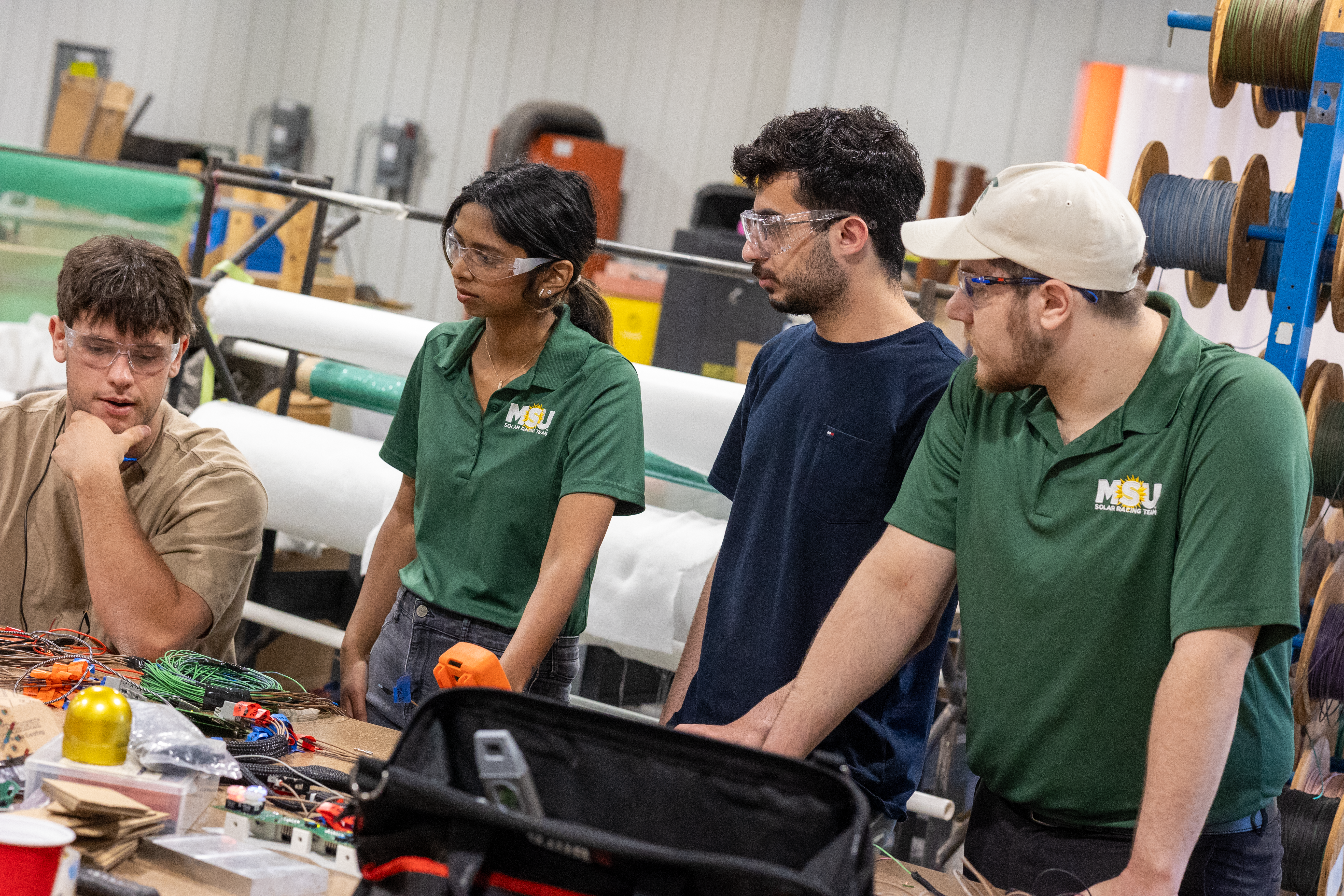Back in January, Stavros Vakalis, a PhD student in the MSU Department of Electrical and Computer Engineering (ECE), received a highly competitive 2021 graduate fellowship from the IEEE Microwave Theory and Techniques Society (MTT-S).

A few weeks ago, the news got even better for this Spartan Engineer. He was selected as the top graduate student among the current MTT-S group of 12.
Vakalis has been awarded the Tom Brazil Graduate Fellowship Award - the highest honor of its kind awarded by IEEE MTT-S. Students from all over the world apply for the noted recognition, known for opening a wide array of opportunities for its annual recipient.
"This award will help me in my work developing next generation millimeter-wave imaging systems, such as those used in airport security screening," he said.
Vakalis's doctoral project is to design, build, and experimentally validate a millimeter-wave digital array system with interferometric processing and active noise illumination that can provide imaging at more than 250 frames per second.
"I combine the benefits of passive and active millimeter-wave imaging to provide image reconstruction orders of magnitude faster than the current state of the art," he explained. "My research interests at MSU include wireless microwave and millimeter-wave systems, millimeter-wave imaging, antenna arrays, radar, and signal processing," he added.
Vakalis works under the supervision of Jeffrey Nanzer, the Dennis P. Nyquist Assistant Professor of Electrical and Computer Engineering.
"Because our work is so interdisciplinary, the approaches we come up with are often pretty unique," Nanzer said. "My students get the opportunity to learn and apply a broad range of concepts from areas as different as information theory and radio astronomy. This leads to new solutions that have significant impacts."
Vakalis, who is originally from Greece, plans to graduate in spring 2022 and will pursue a research position in academia or industry.
The IEEE Microwave Theory and Techniques Society (MTT-S) is a transnational society with more than 10,500 members and 190 chapters worldwide. The society promotes the advancement of microwave theory and its applications, including RF, microwave, millimeter-wave, and terahertz technologies.
Written by Kee-Ri Burkitt, student writer for the MSU College of Engineering





